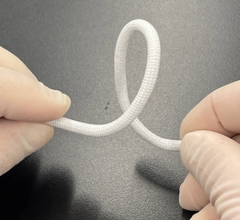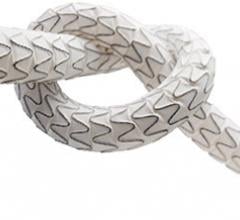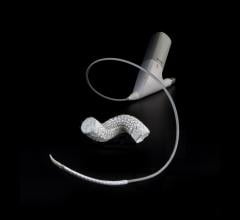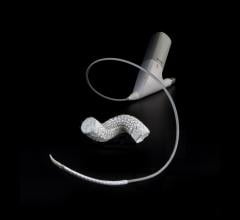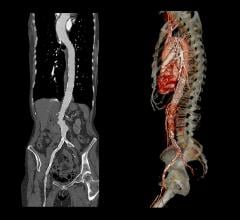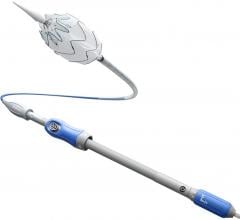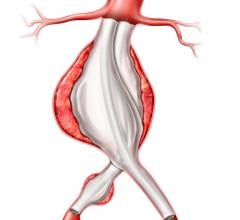Jan. 31, 2007 — Researchers said this week that they have found an implantable wireless sensor that monitors blood pressure in an aneurysm sac to be safe and useful in guiding endovascular repair of an abdominal aortic aneurysm (AAA). Their prospective, non-randomized study, published in the February issue of the Journal of Vascular Surgery, used acute wireless pressure measurements to confirm aneurysm sac exclusion and to determine if intraoperative pressure measurements obtained with the sensor correlated with angiography findings during and at the completion of stent graft placement.
The accuracy of the sensor measurement was confirmed by comparing measurements obtained with an angiographic catheter. In addition, the sensor data and the angiographic findings were in agreement as to the presence of serious endoleaks in 92 percent of the 76 patients from 12 clinical centers who were studied. Thirty-day follow-up revealed no device-related safety issues.
“This trial demonstrates that this wireless sensor for aneurysm sac measurement is safe and feasible, and can be used to diagnose the location and type of endoleak during endovascular aneurysm repair,” said Takao Ohki, professor and chief in the vascular surgery department of Jikei University School of Medicine, Toyko, and professor of surgery at Albert Einstein College of Medicine, North Shore/LIJ Hospital in Long Island, N.Y.
“The benefit of endovascular repair of an AAA includes the fact that the treatment can be performed through a small incision in the groin area, rather than the large abdominal incision used in open surgical repair,” Dr. Ohki said. “However, one downside to the endovascular approach is the occurrence of an endoleak, where blood still flows into the aneurysm, not eliminating the risk of aneurysm rupture and death.”
Dr. Ohki added that the APEX data was submitted to the FDA, which allowed this technology to become commercially available for stent graft implantation procedures. Future studies will focus on using sac pressure monitoring as an alternative to computed tomography for long-term aneurysm surveillance.

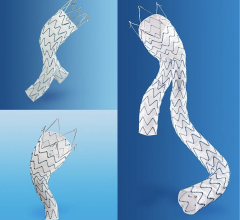
 April 26, 2023
April 26, 2023 

